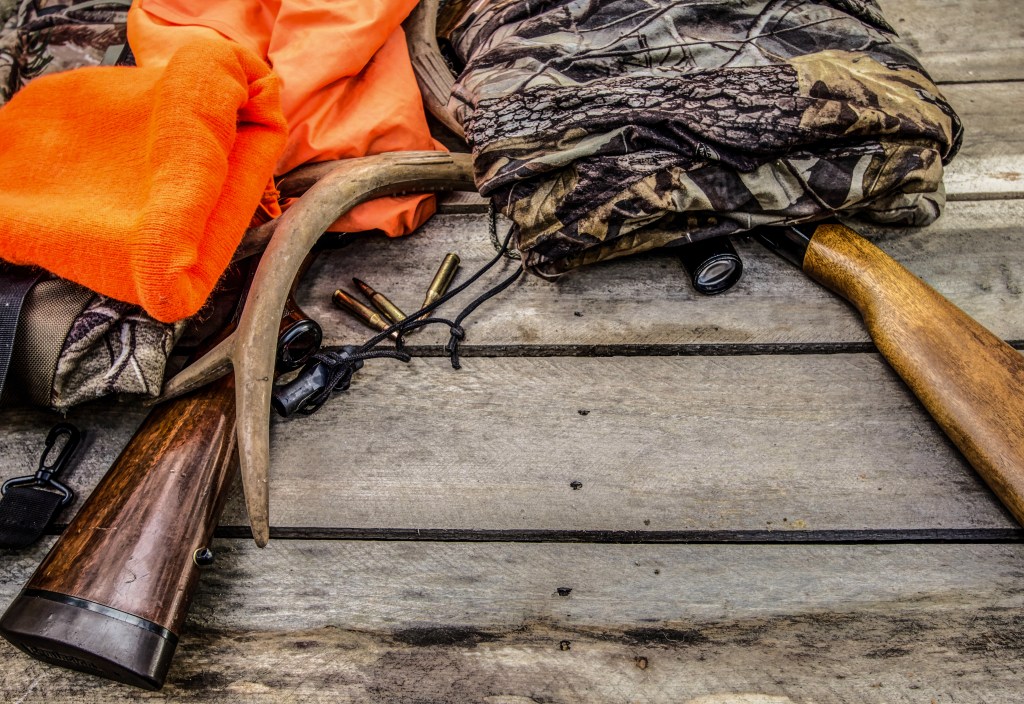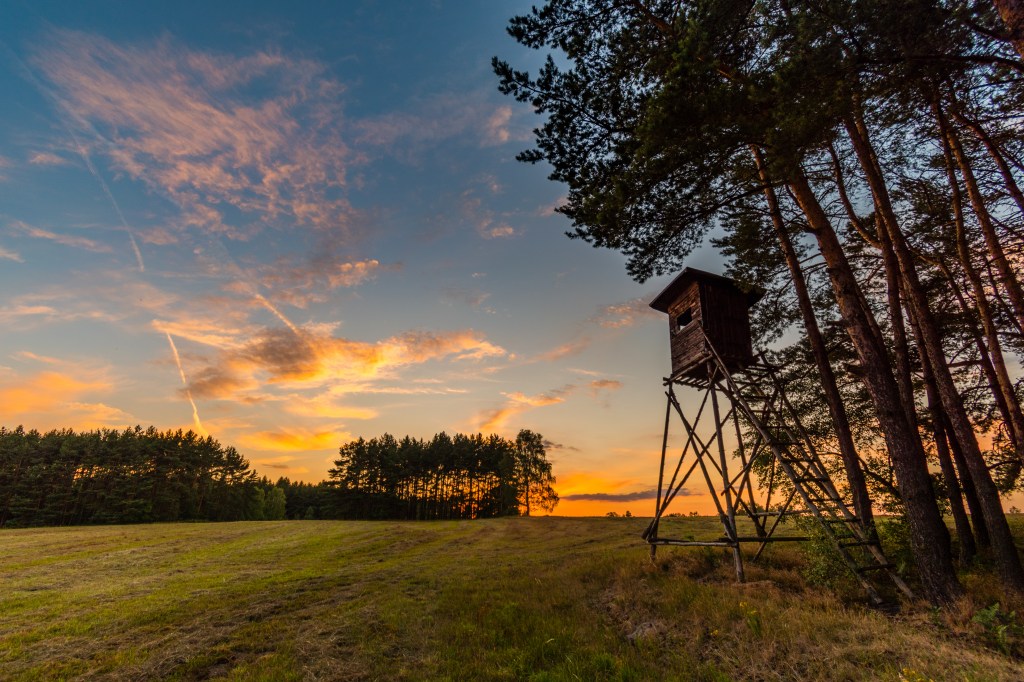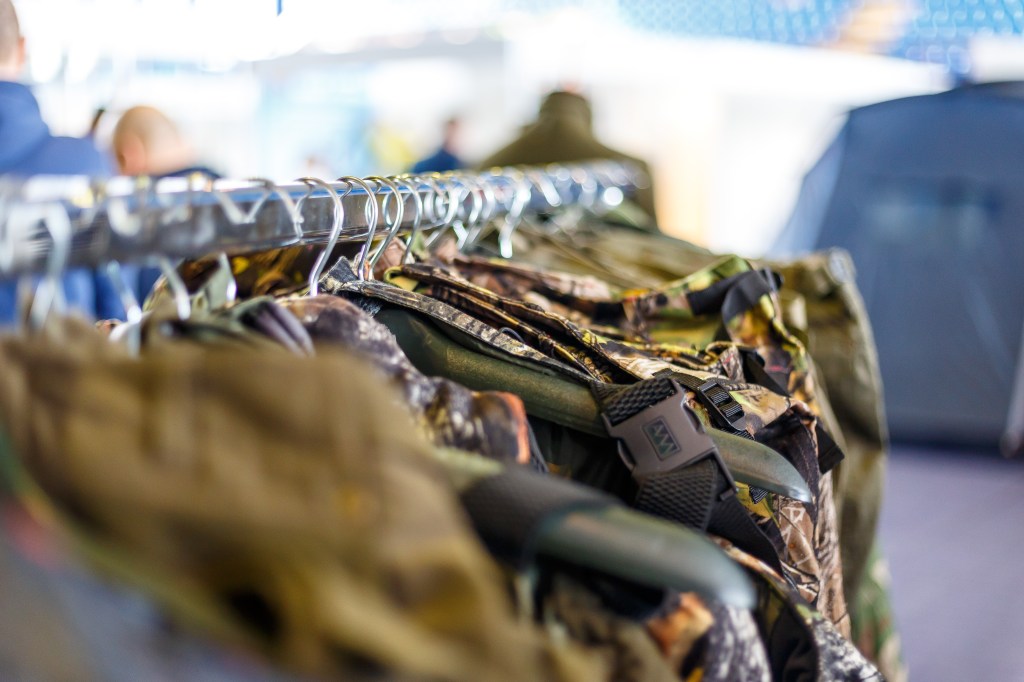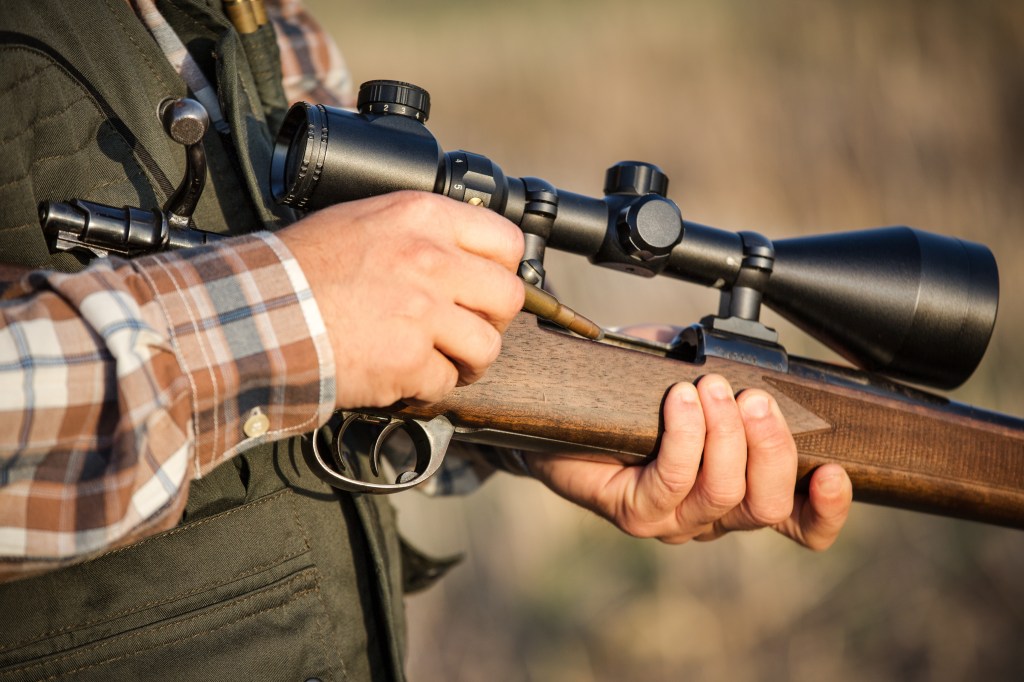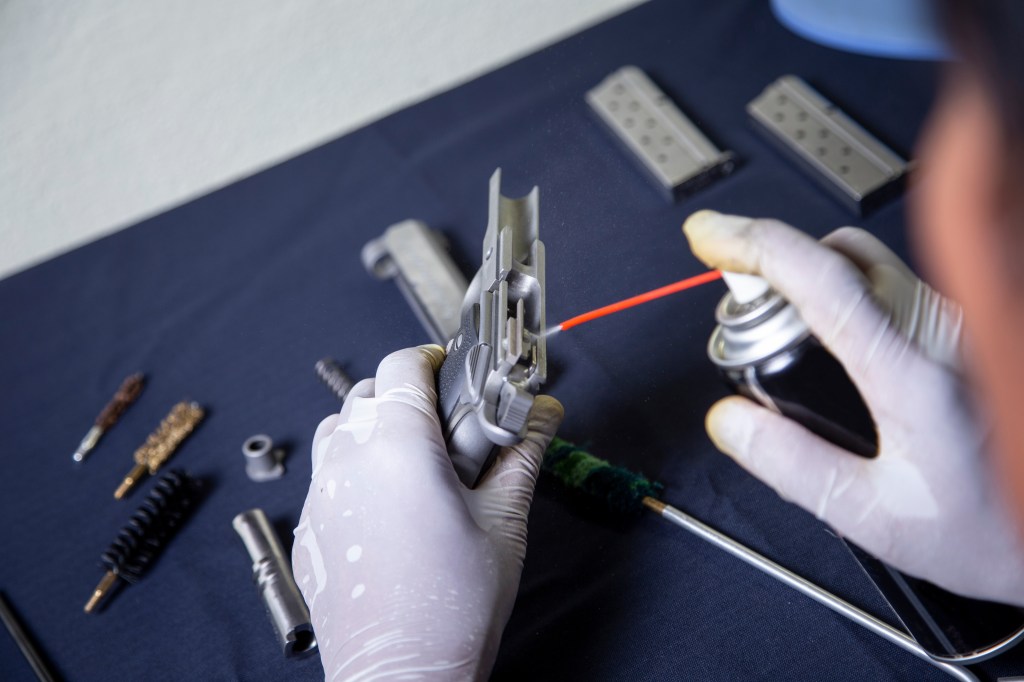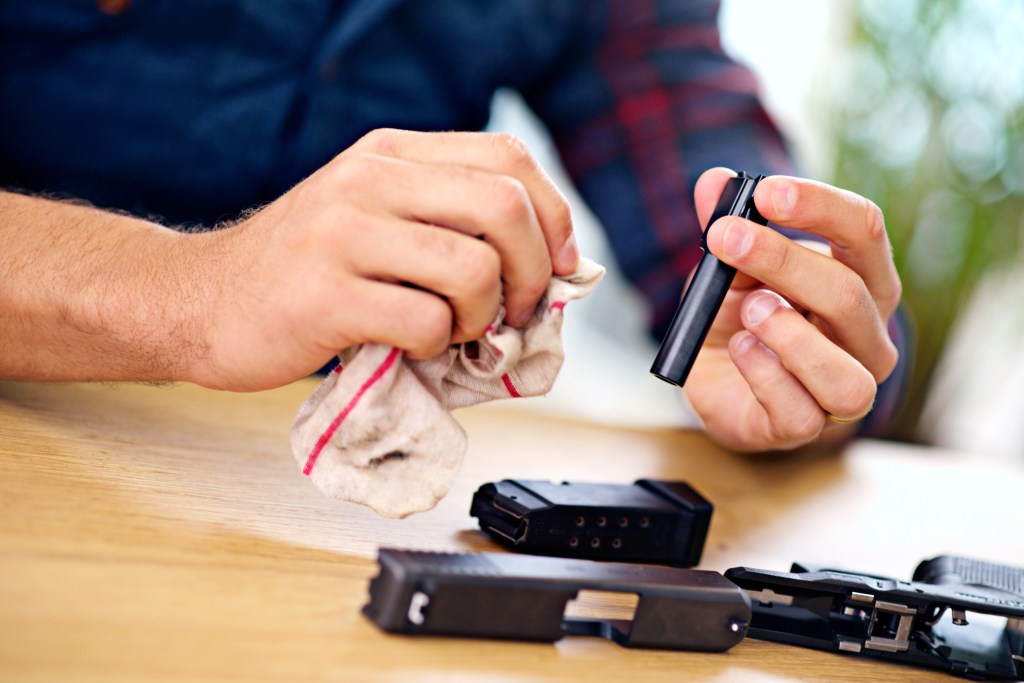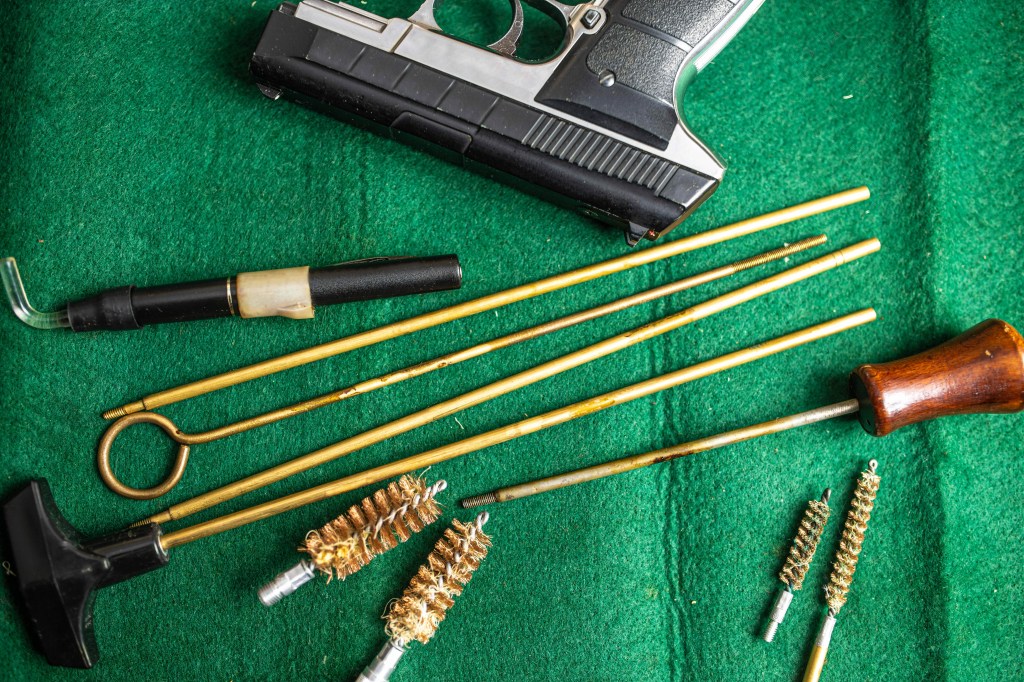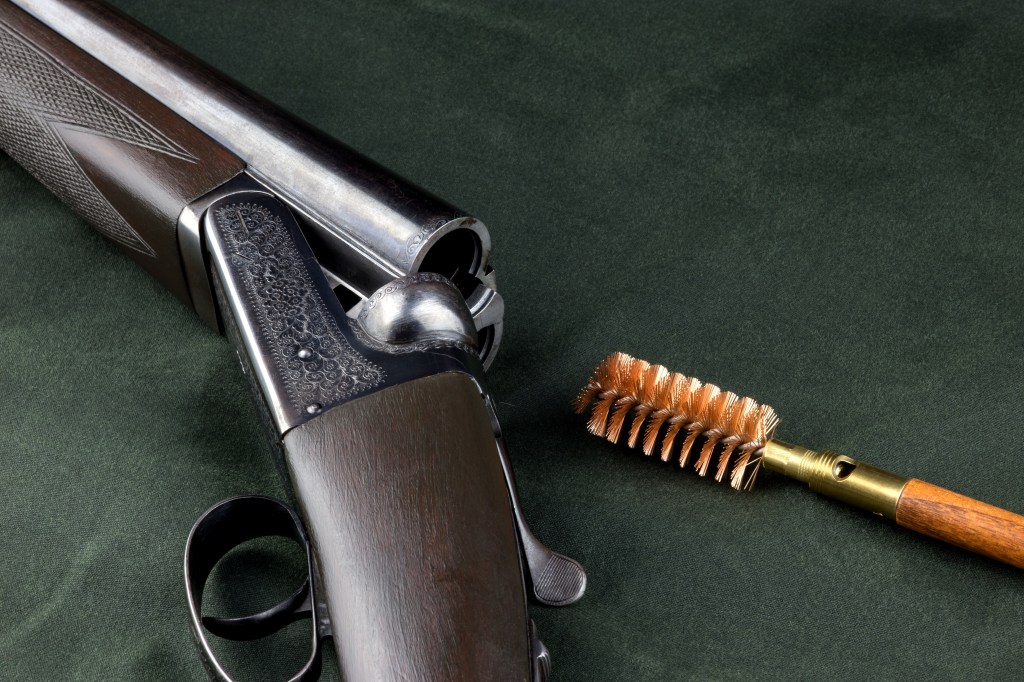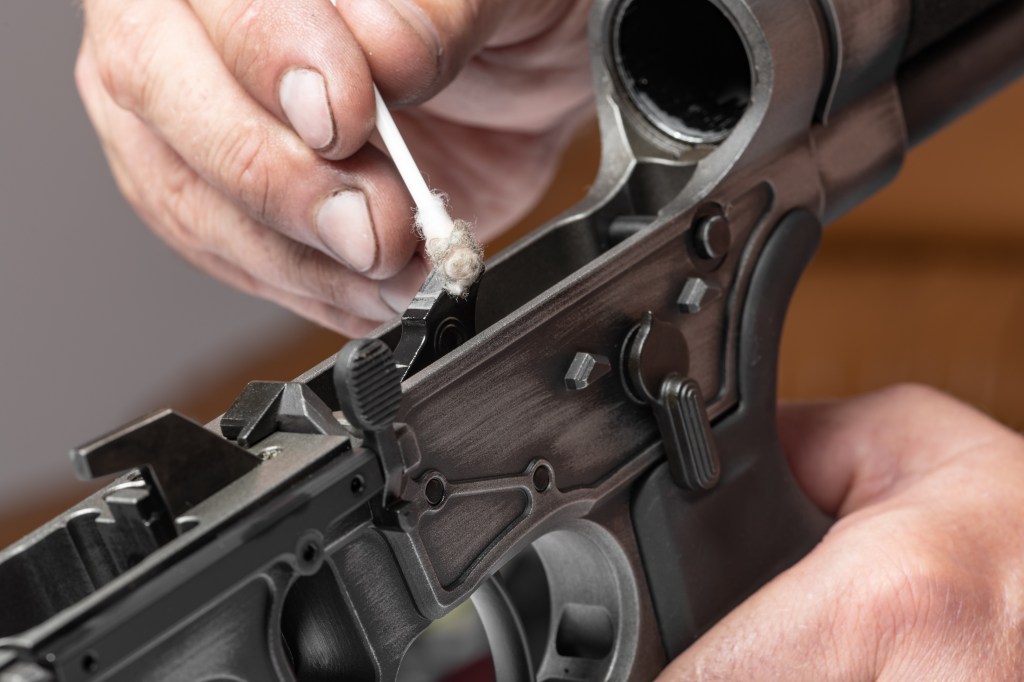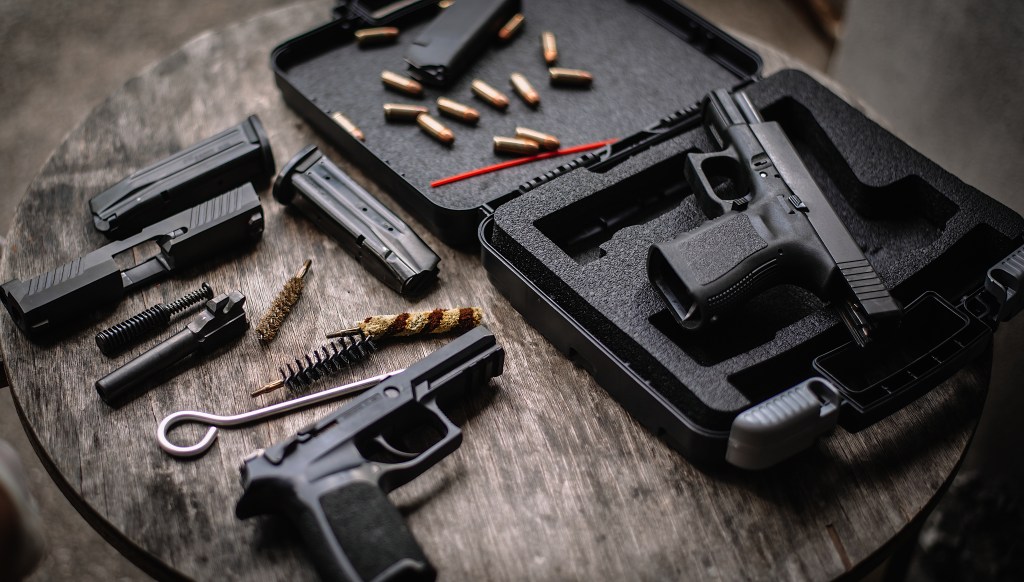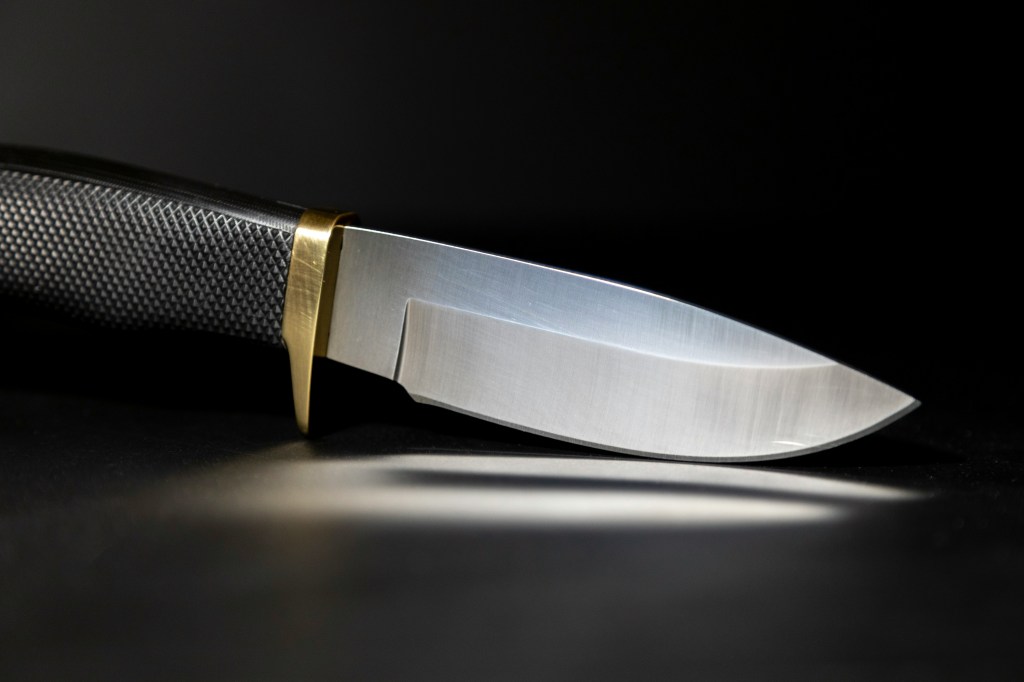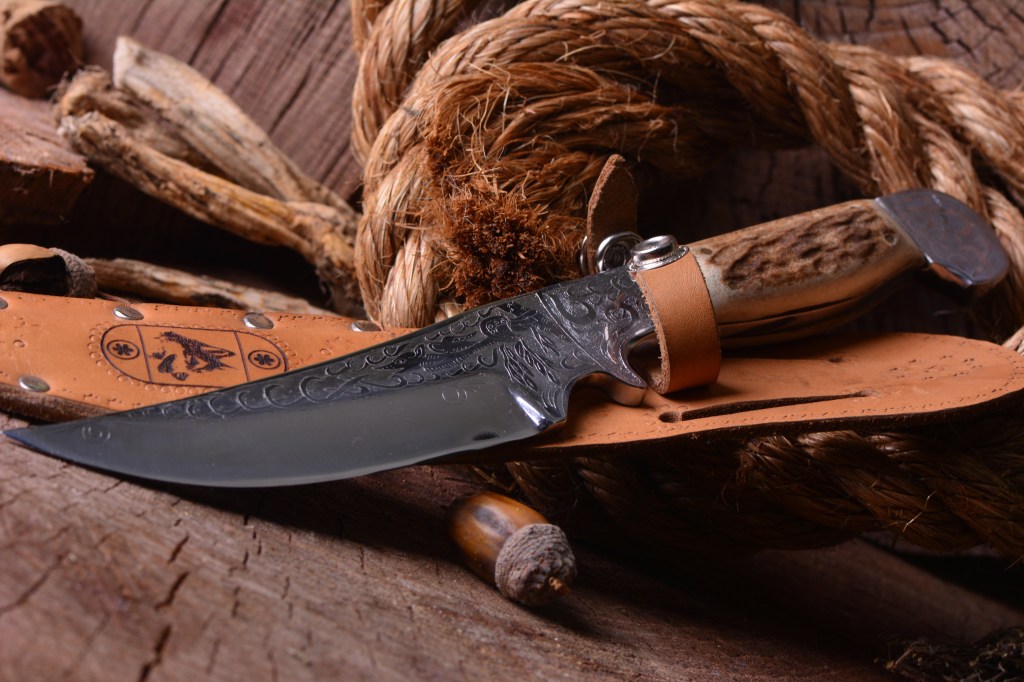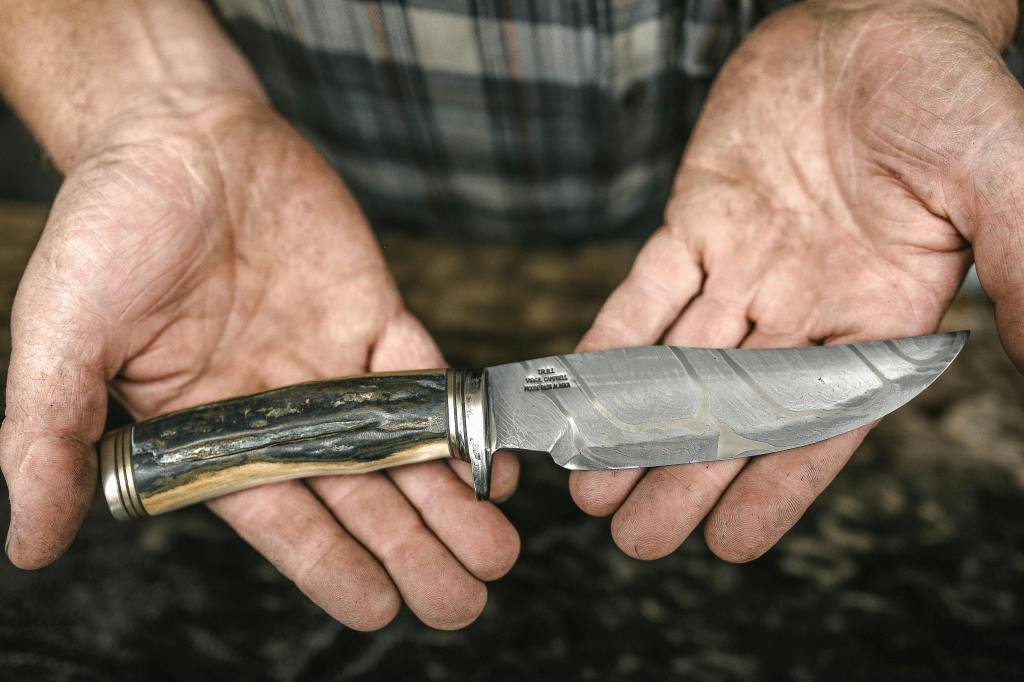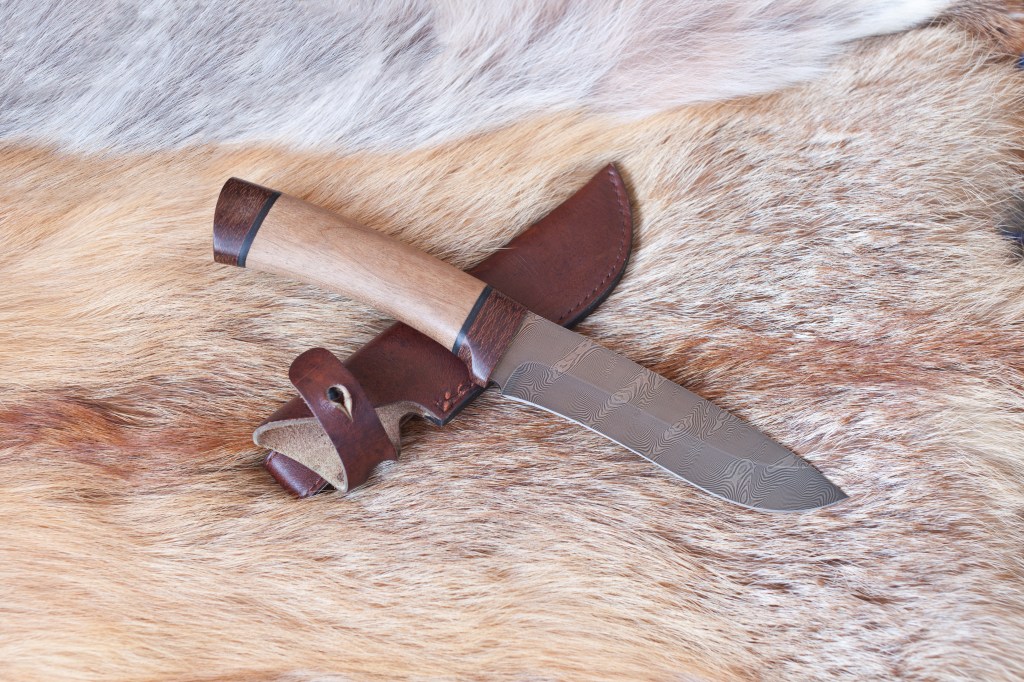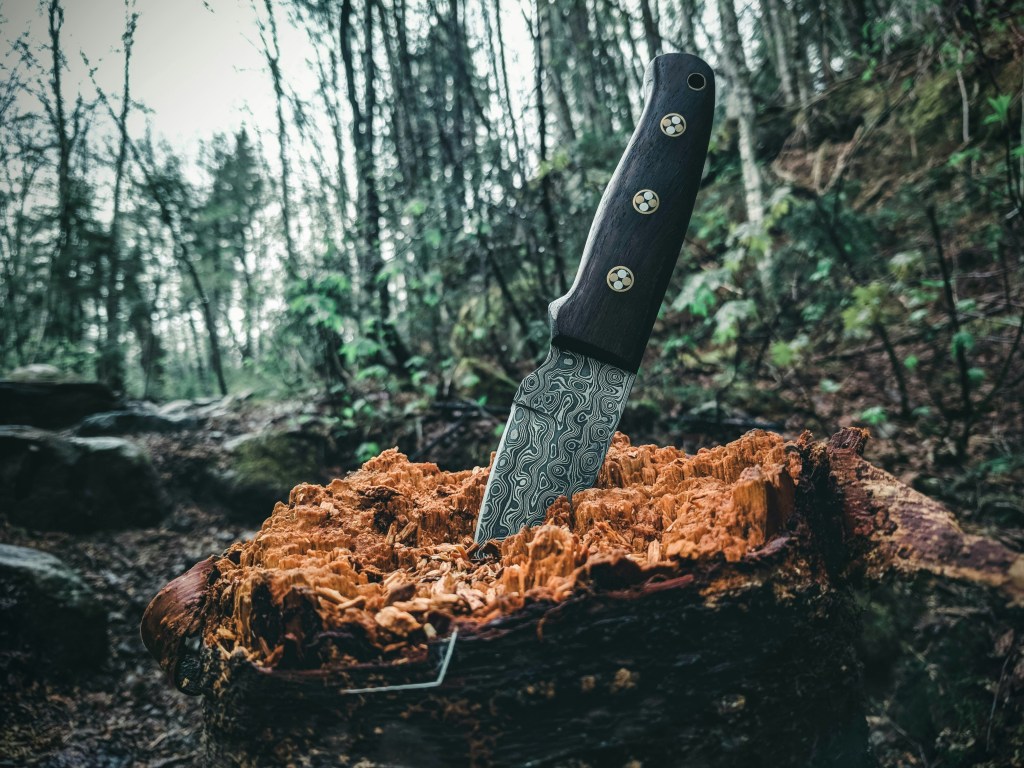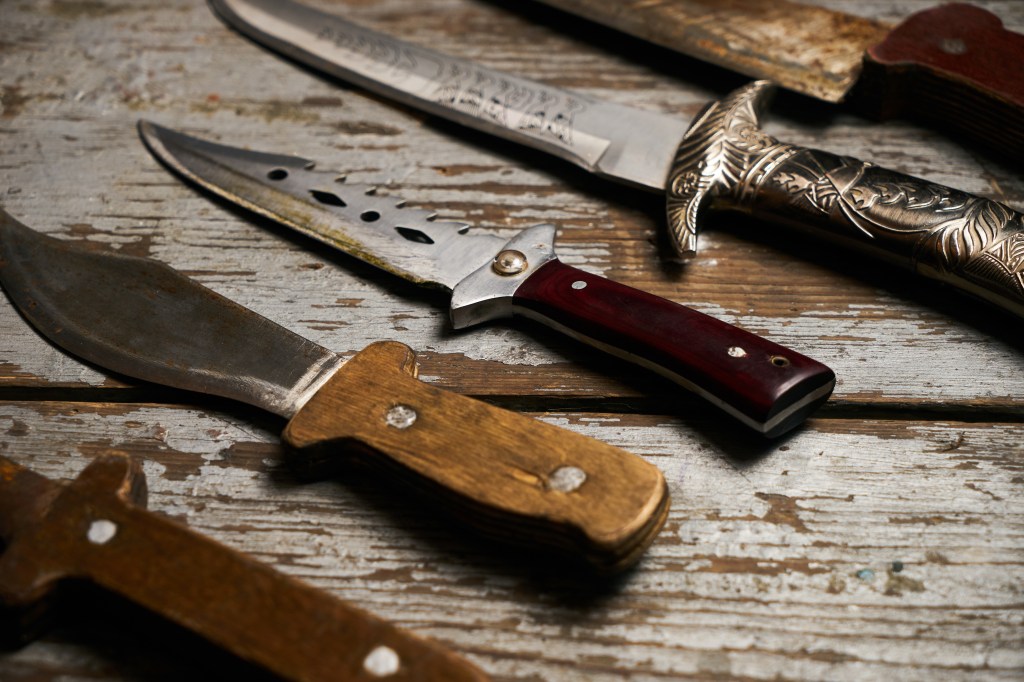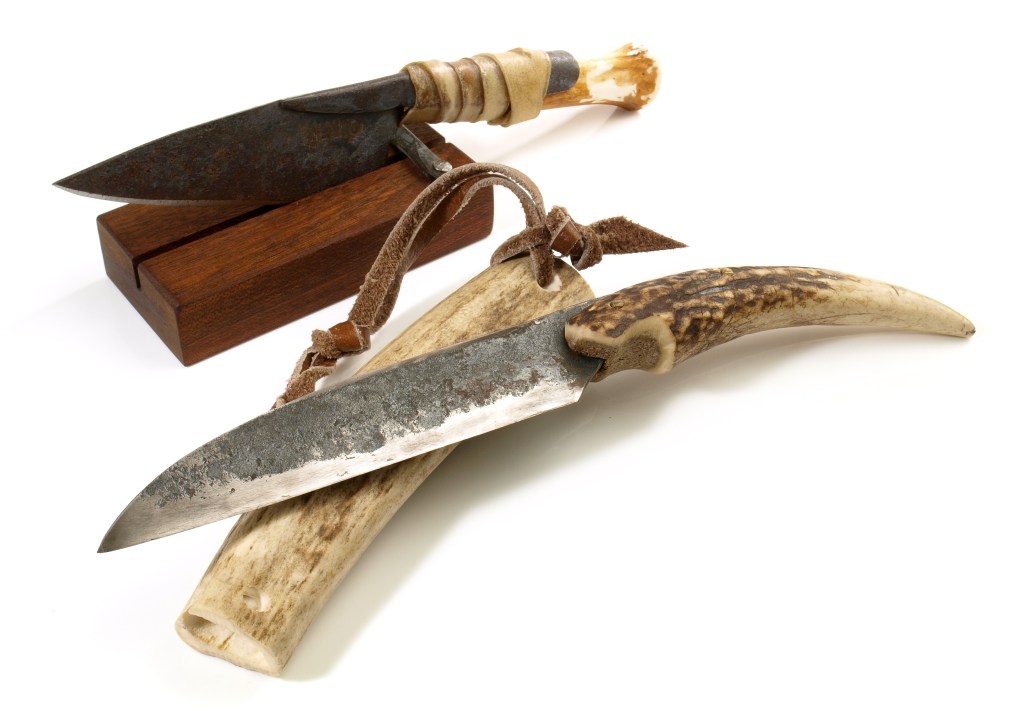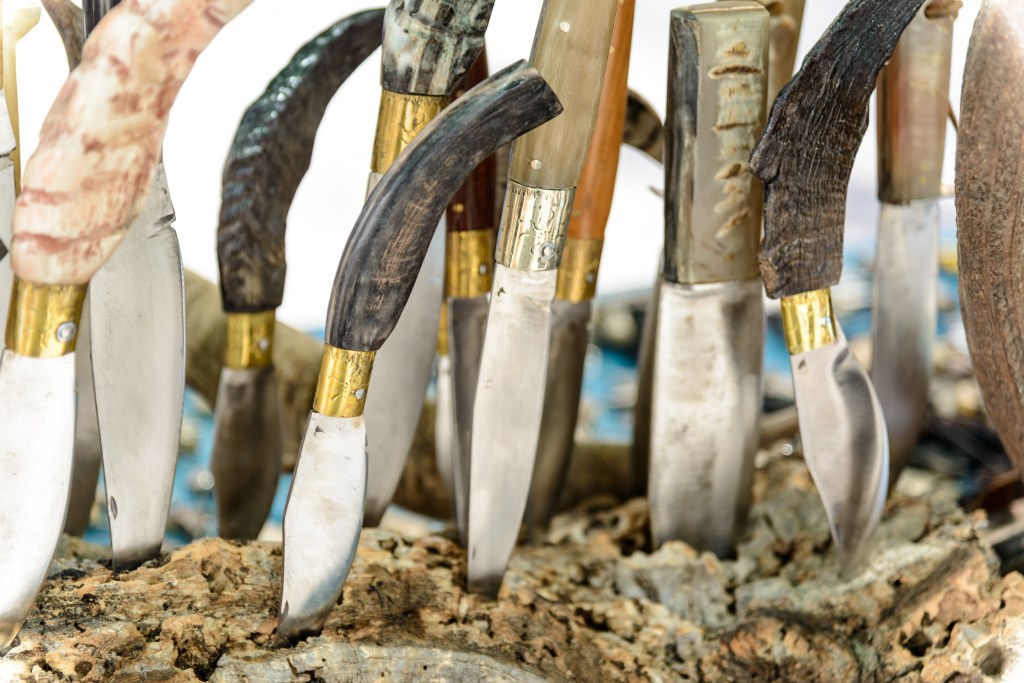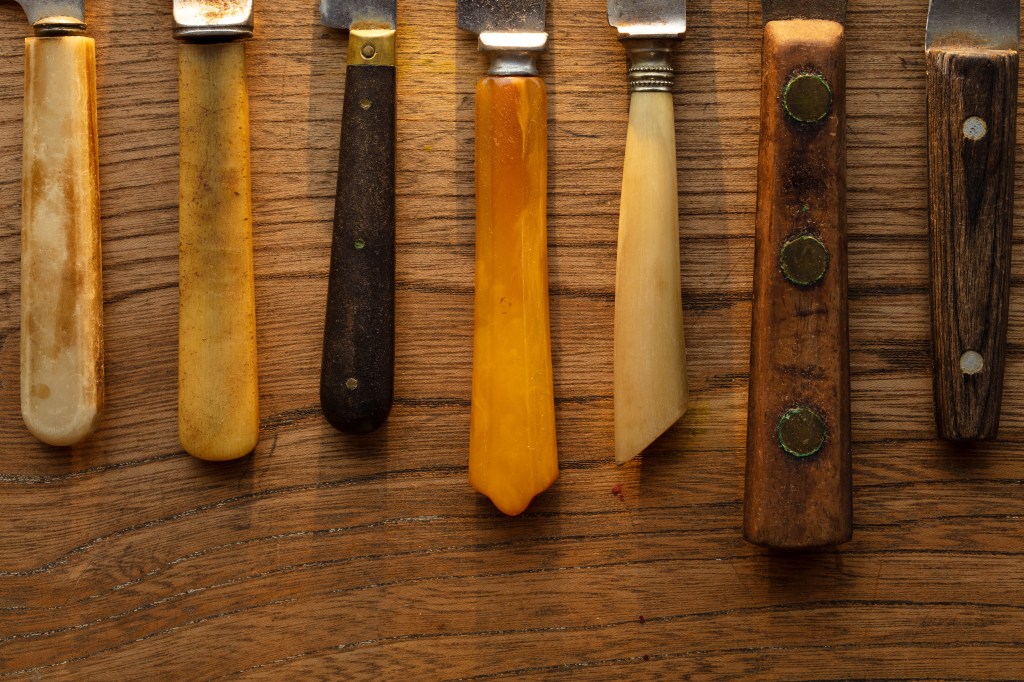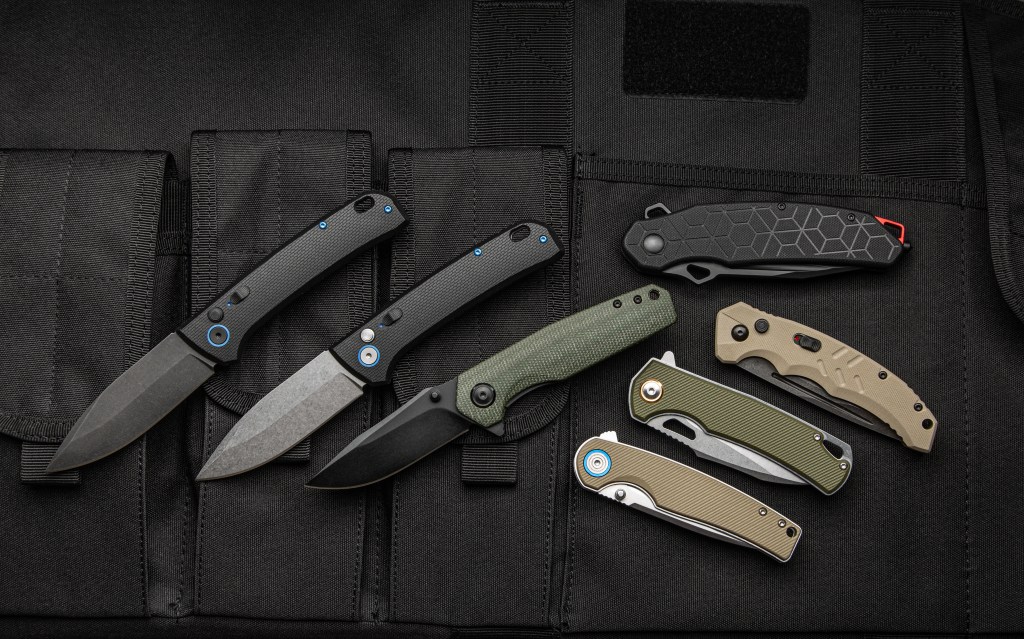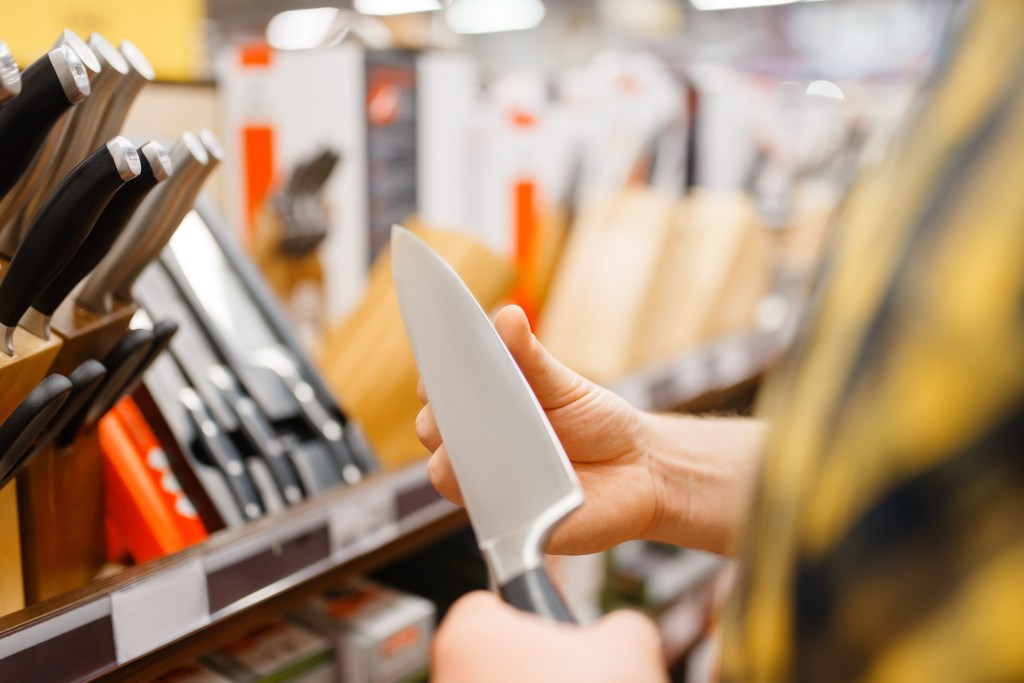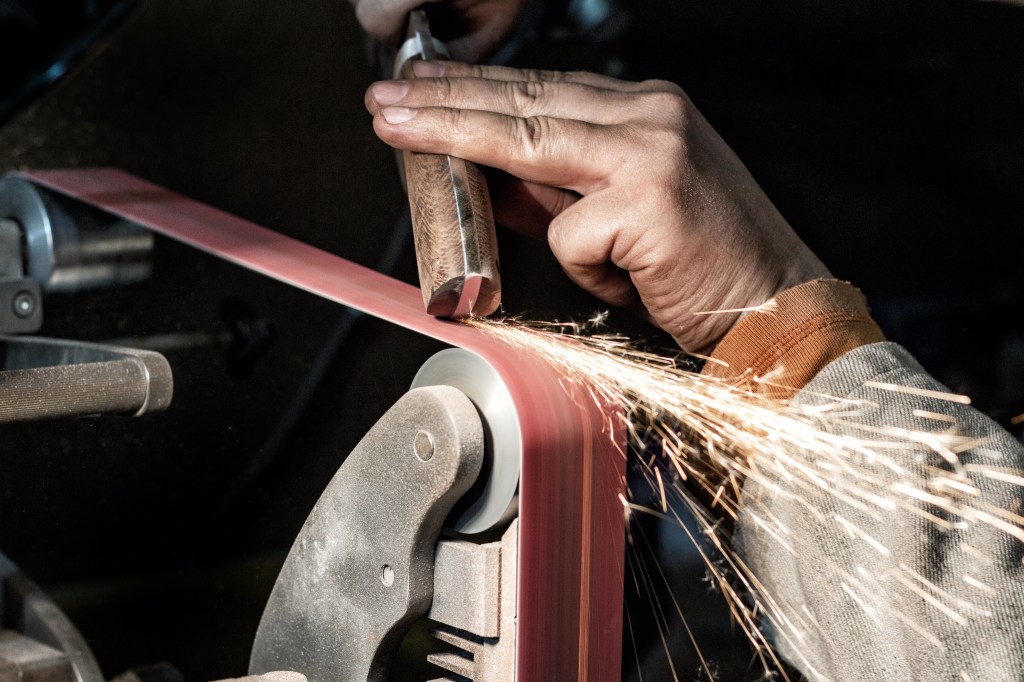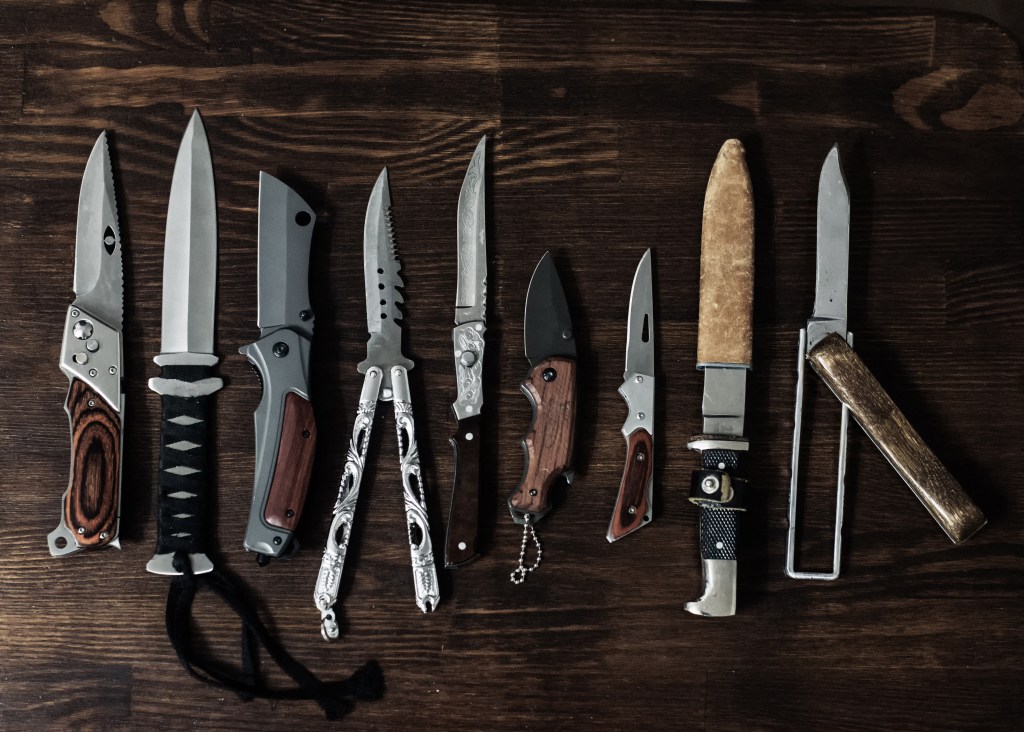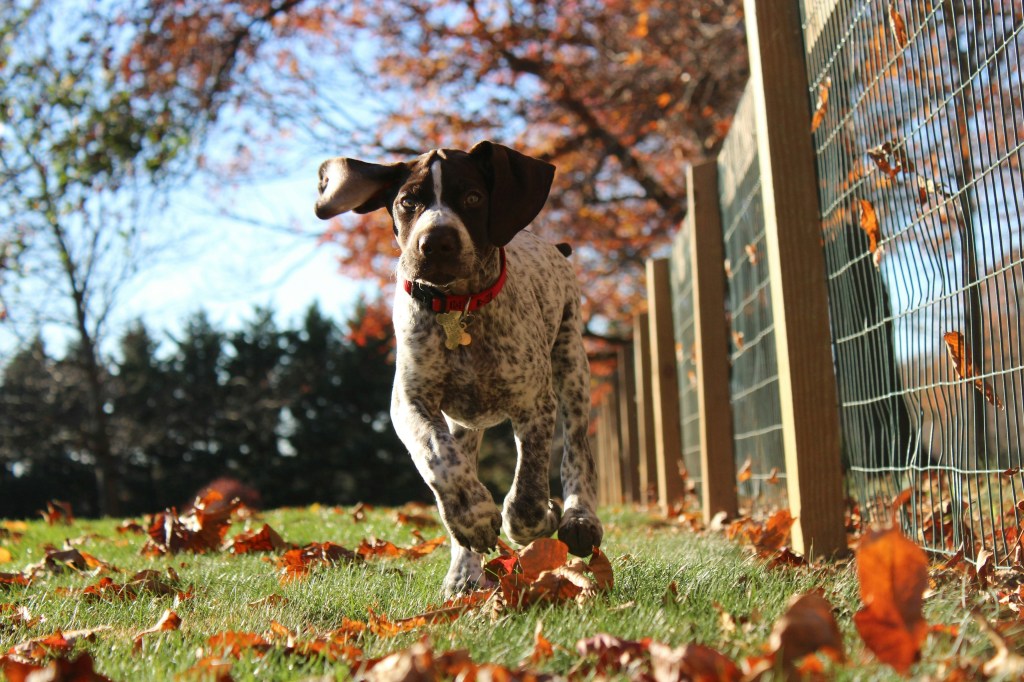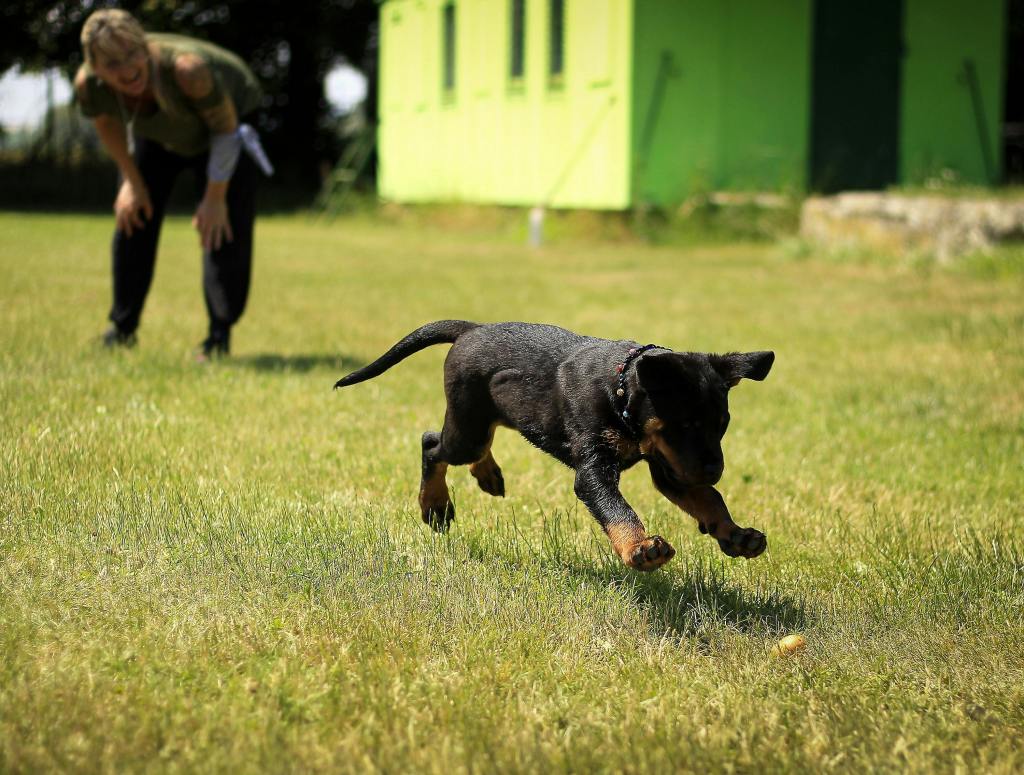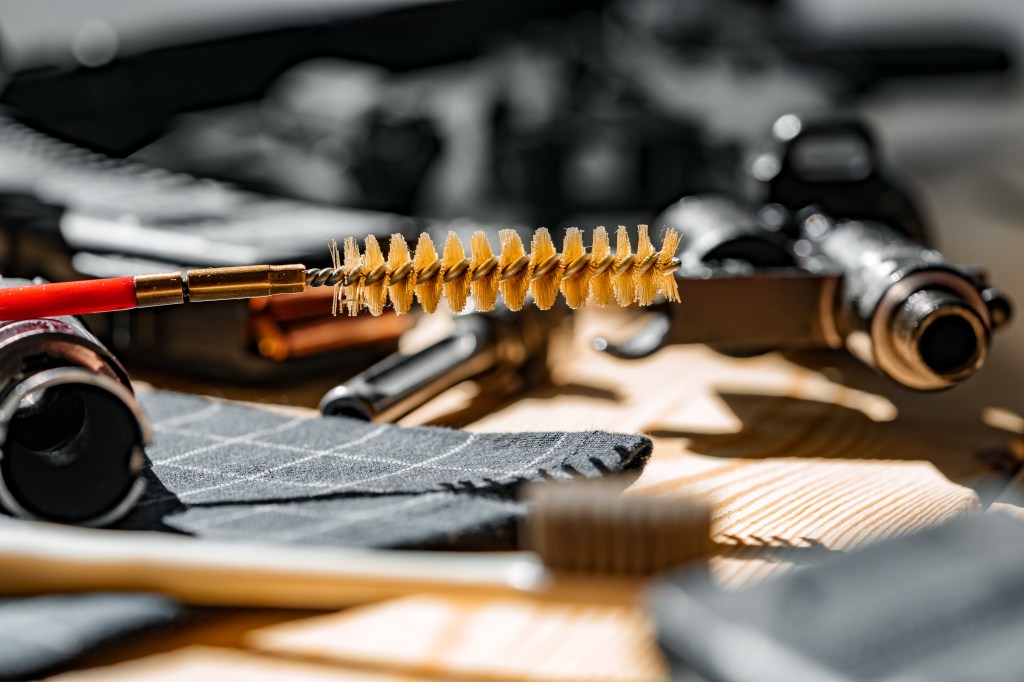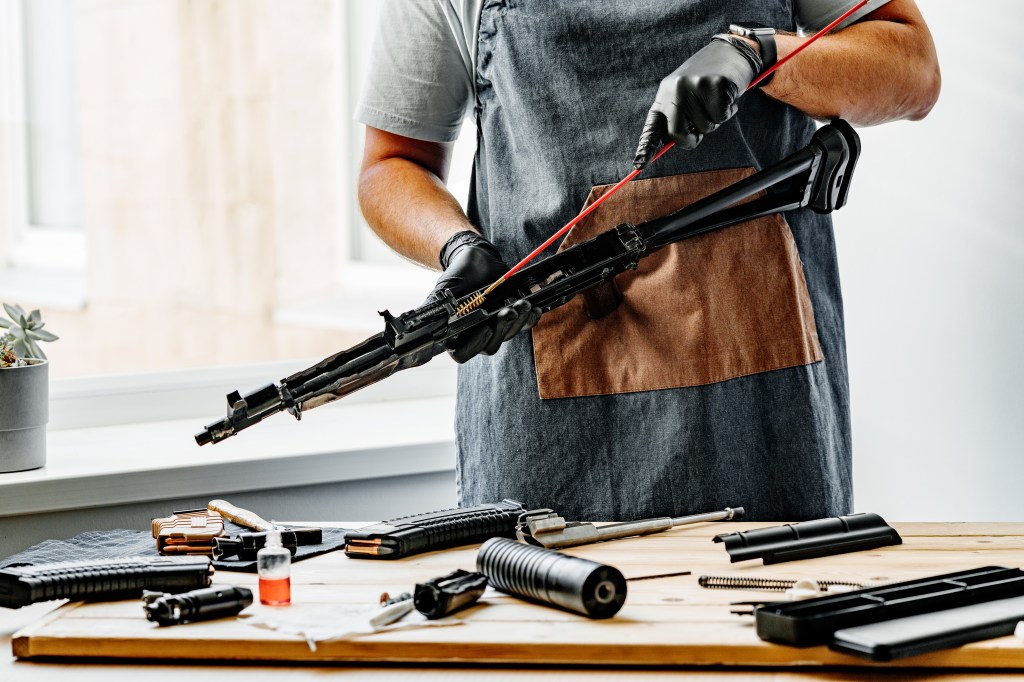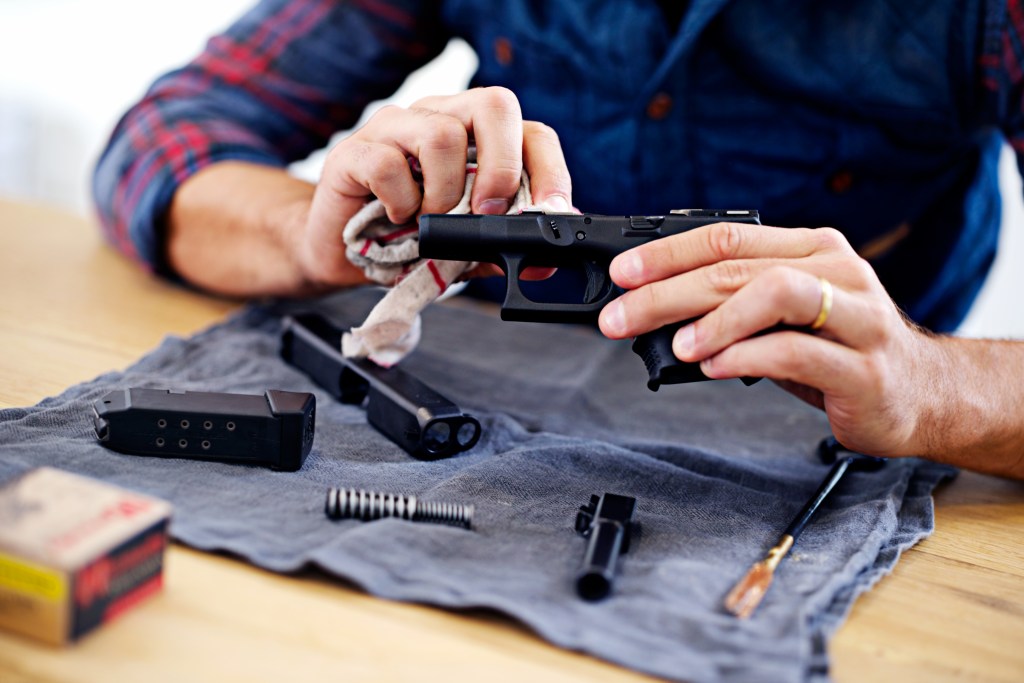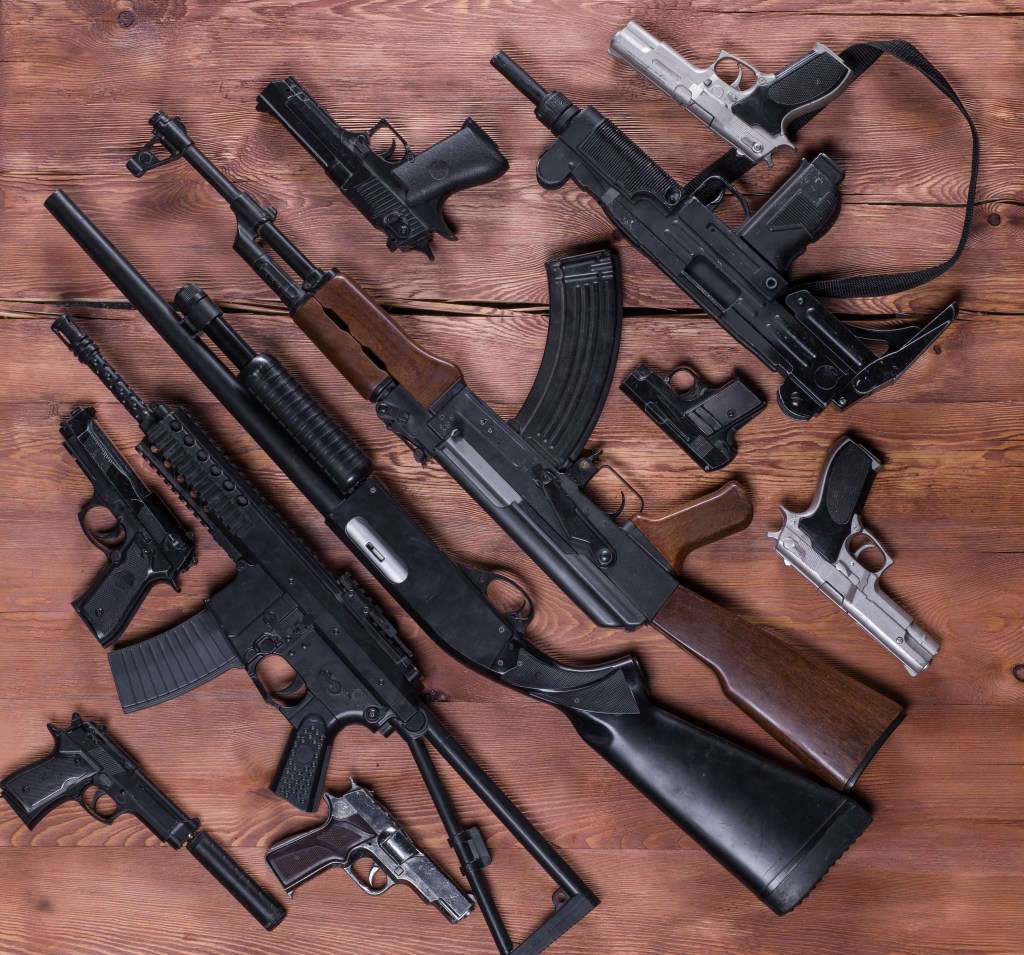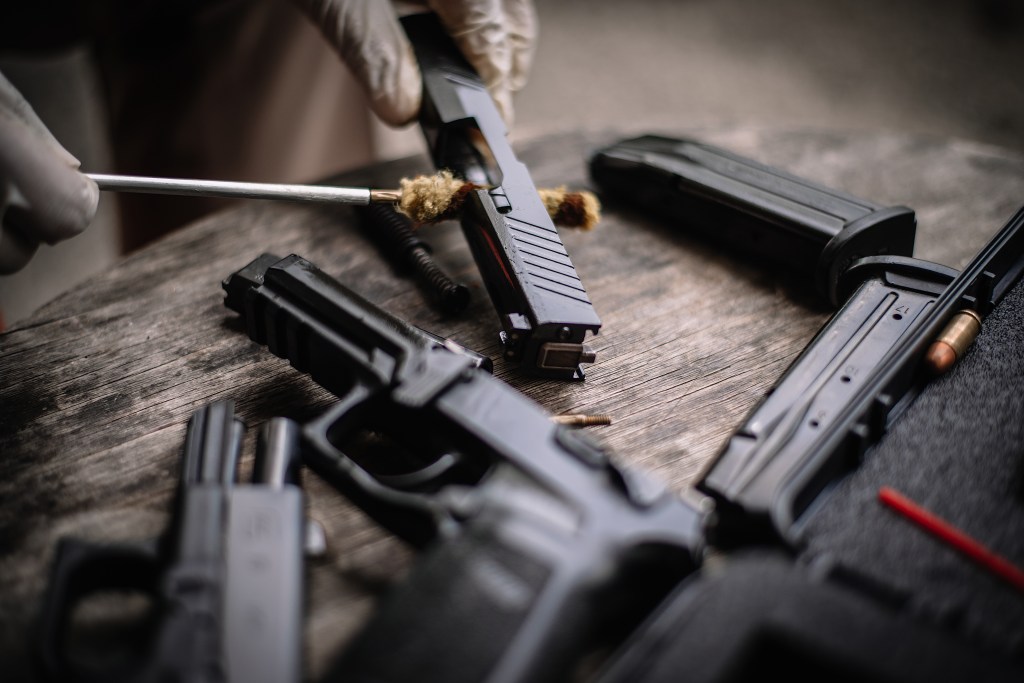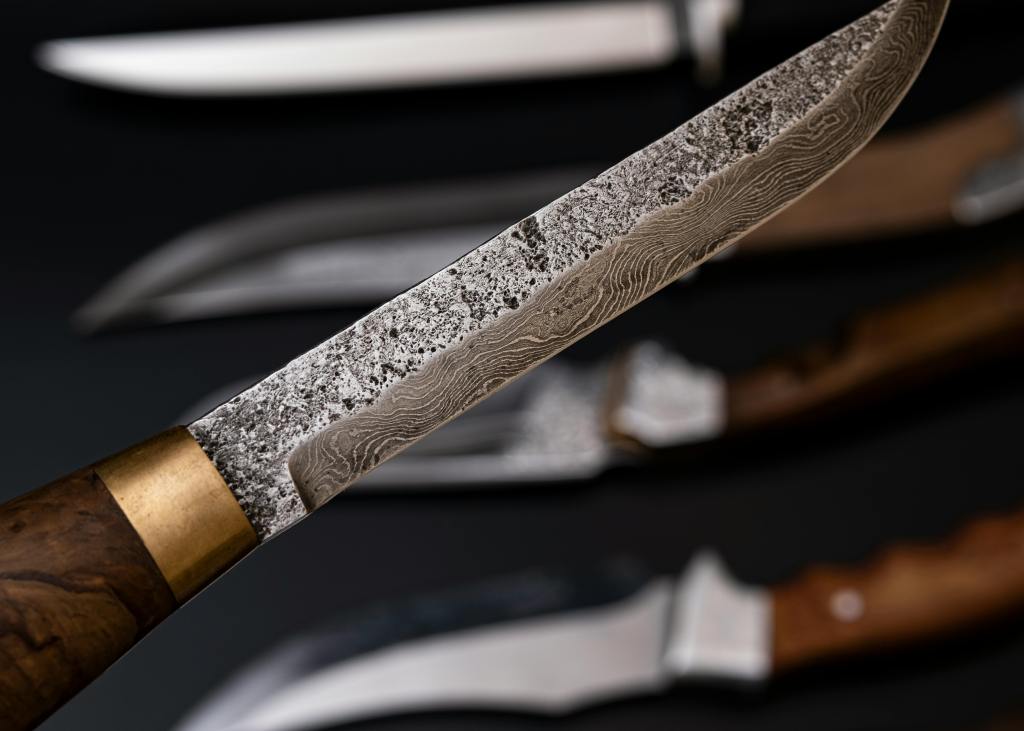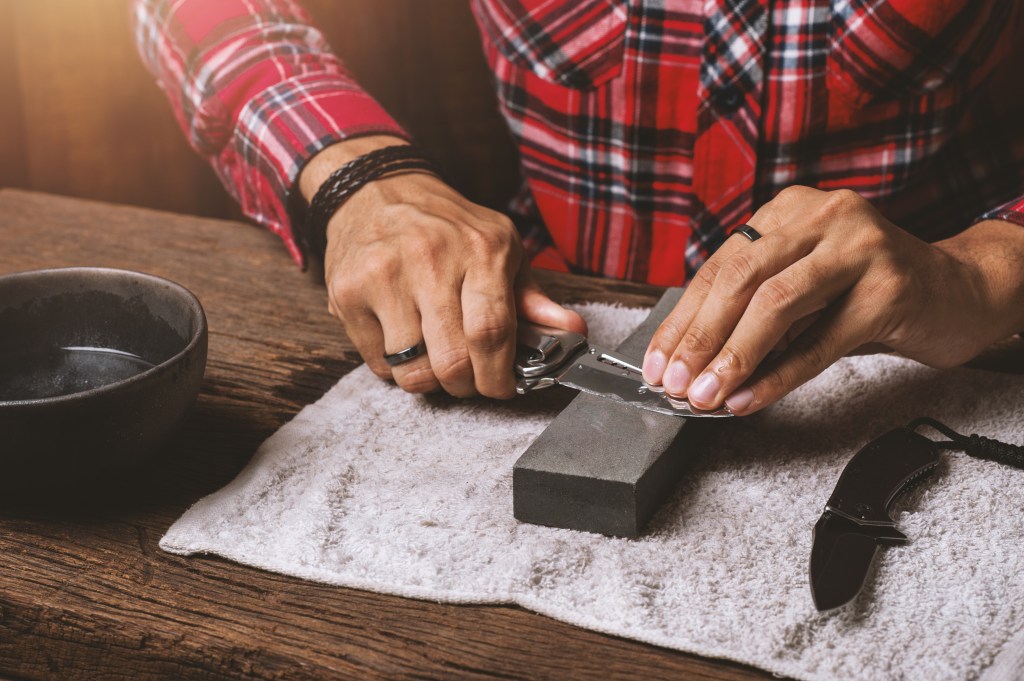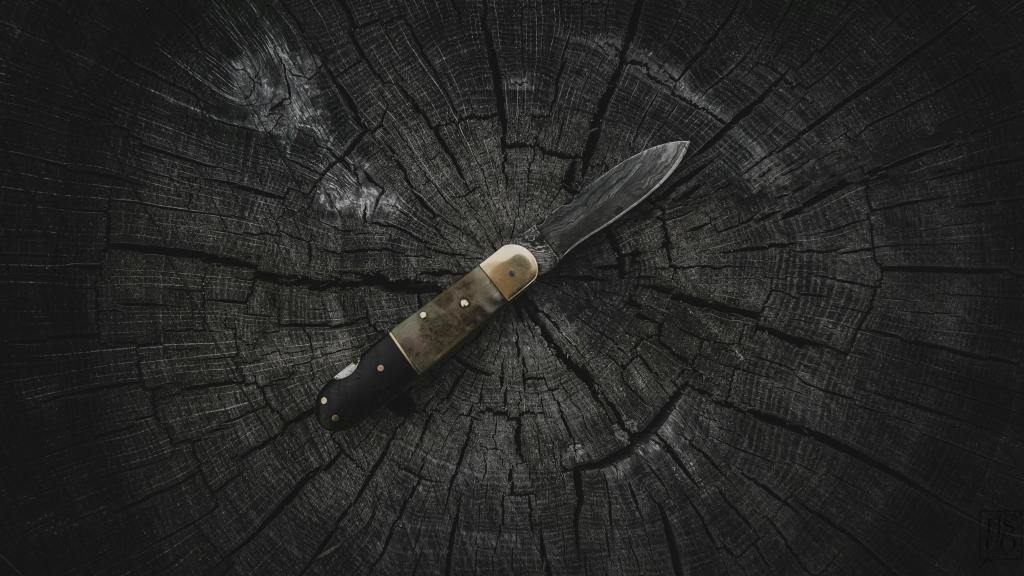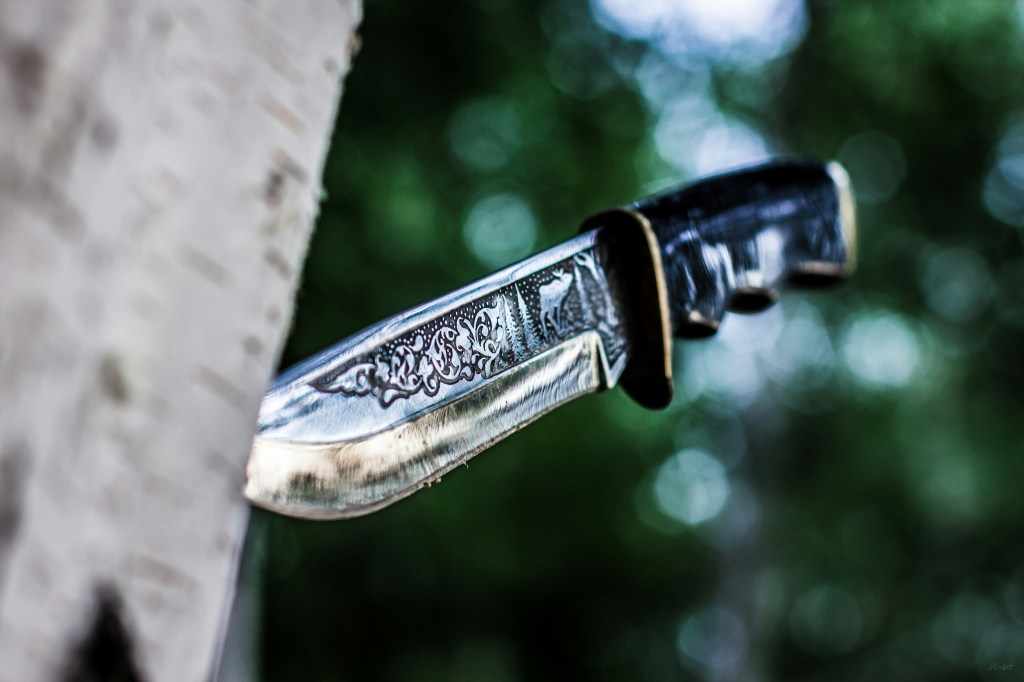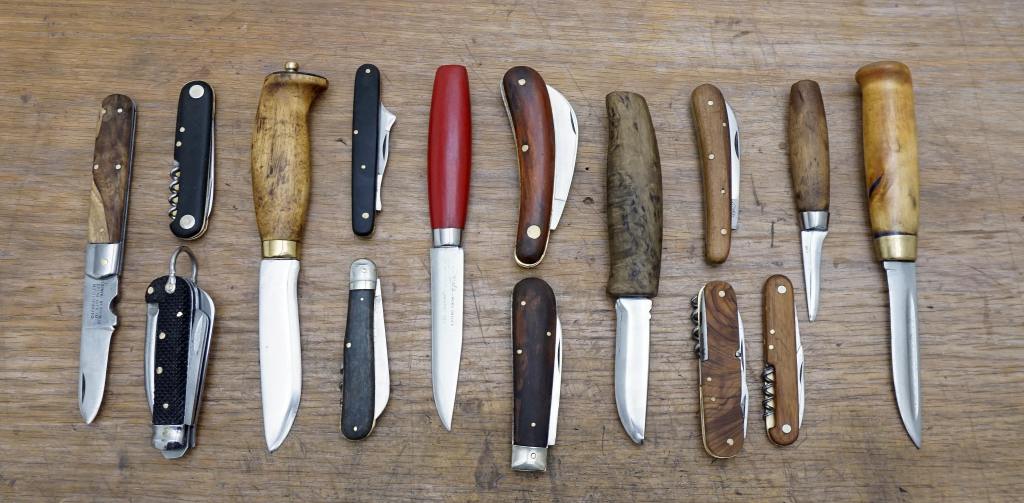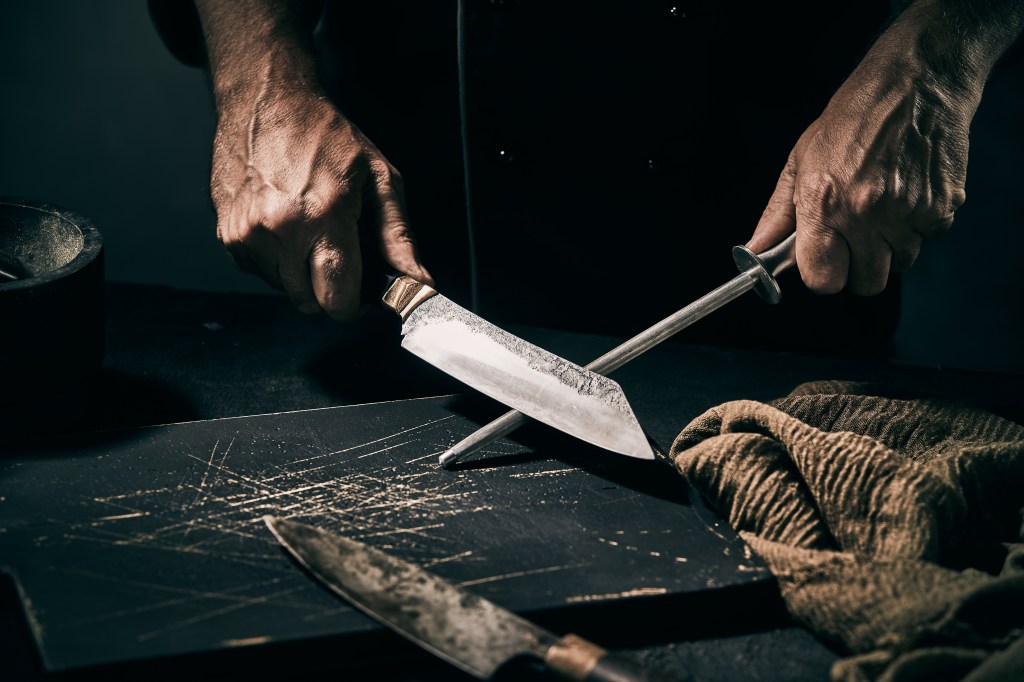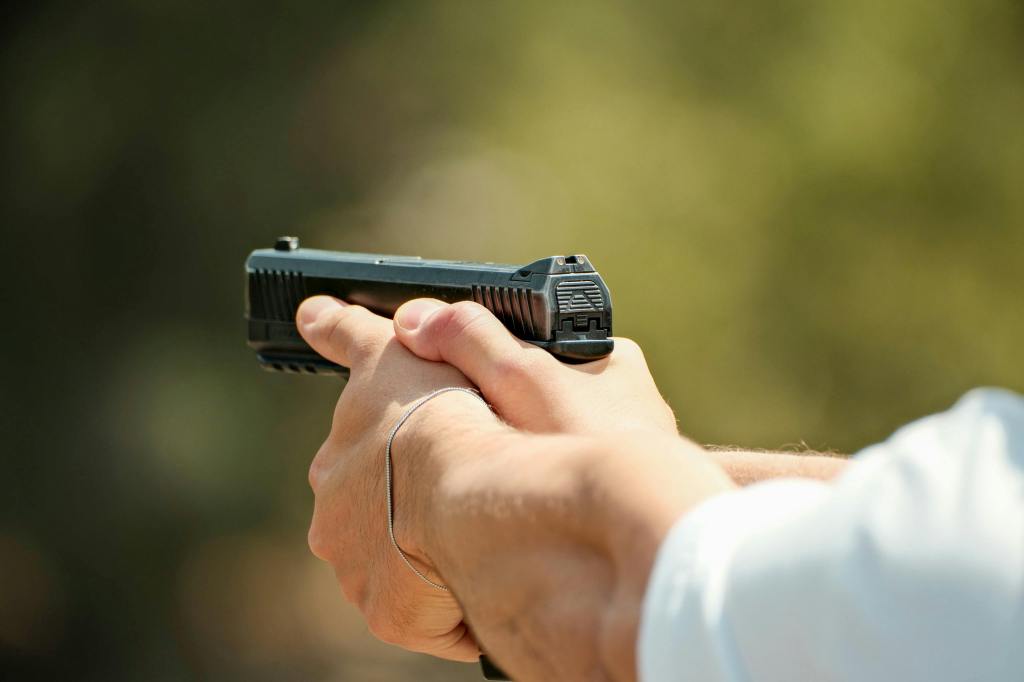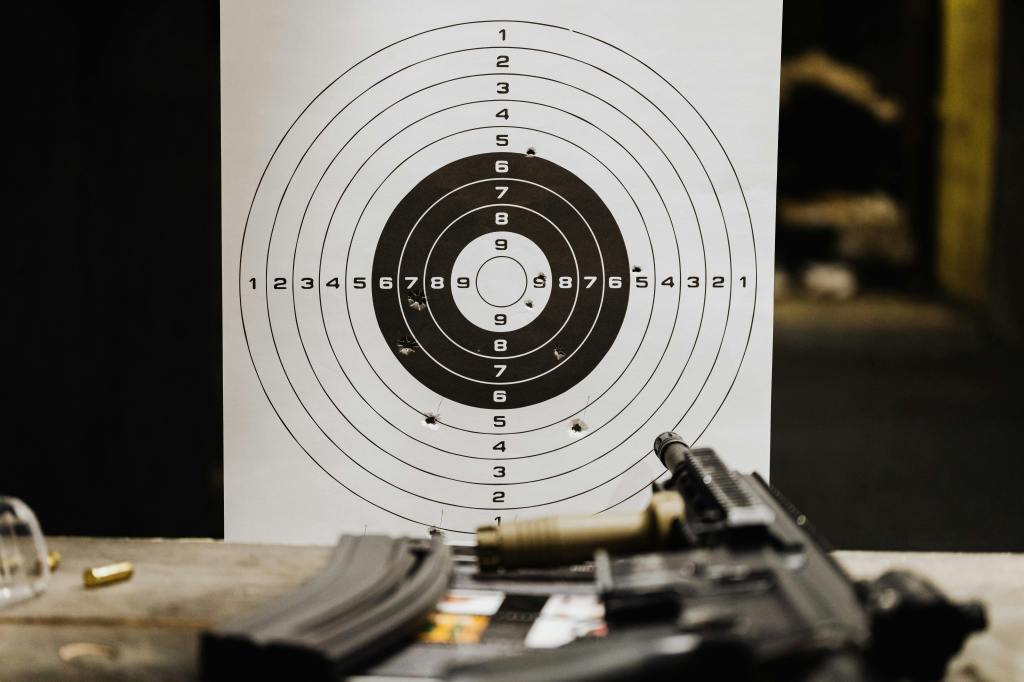Discover essential tips from the Firearms Masterclass to elevate your collecting game. Enhance your knowledge and start building your collection today!
Why a Firearms Masterclass Matters to Collectors
Collecting guns involves more than simple acquisitions—it demands historical relevance, legalities, and item preservation expertise. This firearms masterclass provides insights that enhance your gun collection’s enjoyment and investment potential.
Are you new to collecting? Or perhaps you’ve been in the game for a while but are looking for additional tips? This firearms masterclass guide is tailored for you, no matter your experience level. It dives deep into insights that will enhance your enjoyment of guns and improve your investment potential. If you’re still unconvinced, having a refresher is always a good idea. You might learn something new!
Gun collection basics
One of the primary reasons gun owners gravitate towards specific firearms is their historical relevance. Interests vary widely, from early lever—action guns to Old West-era revolvers and even rare brands involved in significant historical moments.
Legalities
Collectors must remain aware of the legal landscape surrounding guns, as laws vary by location. It’s crucial to be informed about the regulations in your area. Even collectible vintage pieces are subject to regulations, and federal laws may also come into play.
Preservation
Preservation matters significantly. Proper preservation techniques are essential for maintaining historical and financial value of antique and vintage firearms. Whether you plan to keep your collectibles, pass them down to the next generation, or eventually sell them for profit, prioritizing the condition of your gun collection is essential.
Firearms masterclass
Join us for valuable tips from this firearms masterclass to elevate your collecting game. With the right knowledge and insights, you can enhance your enjoyment and the investment potential of your firearm collection.

Building a Solid Foundation: Gun Collection Basics
Embarking on a journey into the world of gun collecting can be both exciting and rewarding. There is a vast selection of guns to collect. A great first step is to conduct thorough research to identify which eras, types, or manufacturers capture your interest.
Whether you are drawn to antique guns or modern performance weaponry, establishing a clear focus will not only guide your purchases but also help you effectively plan your budget and future acquisitions.
The importance of focus
Having a clearly defined focus is crucial for maintaining direction in your collection. It prevents you from straying off course, whether that means overspending or acquiring too many items too quickly.
Building a solid foundation of knowledge around your chosen niche will keep you engaged and informed, making your collecting journey more fulfilling.
Antique vs. vintage firearms
It’s essential to differentiate between antique and vintage firearms, as these terms are often used interchangeably but have distinct meanings. Generally, an antique firearm is one that is over 100 years old, while a vintage firearm is typically defined as being over 20 years old but less than 80 years old.
Evolution of firearms
The history of firearms represents an evolutionary timeline and recognizing how different eras have influenced weapon design enriches your understanding and appreciation of your collection.
From early matchlock muskets to modern rifles, each phase of development tells a unique story, and learning about these transitions is vital for any enthusiast.
Brands
When it comes to brands, well-known names like Smith and Wesson, Colt, and Winchester are at the forefront. However, to truly enhance your collecting eye, it’s important to research various types, makes, and models.
Delve deeper into the world of guns, as some brands have released limited editions that feature distinctive characteristics, such as engravings or unique markings, that make them highly sought after by collectors.
Exploring different types of firearms
The world of firearms is diverse, covering a range of types including pistols, handguns, revolvers, rifles, and shotguns. Each type carries its own history and significance, along with recognized brands that have made their mark in the industry.
Condition and authenticity
In the realm of gun collecting, two critical factors influencing value are condition and authenticity. The condition of a guns can significantly affect its worth; rare collectibles that are well-preserved often command higher prices.
Additionally, the authenticity of an antique gun, especially when backed by proper documentation, also plays a crucial role in determining its value, making it essential to verify these aspects before making a purchase.

Provenance and Documentation: Strengthening Your Collection’s Credibility
Recording each gun’s origin, purchase history, and modifications is vital for any gun owner. Thorough documentation, including receipts, serial numbers, and photos, supports insurance claims and simplifies potential resale or inheritance.
By keeping detailed records, collectors can ensure that their investments are adequately protected and easier to manage in the future.
Documenting your gun collection
Documenting your gun collection is a good practice, especially if your collection is insured. A spreadsheet can serve as an effective tool for tracking each gun’s origin, purchase history, modifications, models, and serial numbers.
Additionally, it is recommended that you maintain a folder for storing physical documents, receipts, and photos. For added security, consider scanning and backing up these documents digitally to avoid any loss due to tech issues.
You can organize your collection in various ways—by personal history, type of gun, or era—which can make the documentation process more meaningful.
Provenance records
If you possess a historical firearm, having provenance records is crucial. For example, if you have a genuine firearm owned by a historical figure like George Washington, it’s essential to have a Certificate of Authenticity (COA) and additional documentation verifying its history.
This information will be invaluable when filing insurance claims, orchestrating inheritance matters, or reselling the gun.
Insurance coverage
Protecting your gun collection goes beyond just documentation. Consider securing insurance coverage specifically for collectible guns. Having proper insurance offers peace of mind and financial protection against potential losses.
For more information, visit our website to explore insurance options tailored for your collectible guns. Protect what defends you—get a quote and ensure your collection is safeguarded.

Proper Firearms Storage: Safes, Displays, and Climate Control
Storing guns securely is crucial for several reasons. Proper storage goes beyond simply placing the gun collection out of reach; it plays a significant role in preventing accidental damage, reducing the risk of theft or accidents, and minimizing moisture buildup.
By implementing effective storage solutions, gun owners can also preserve the value of their gun, especially when it comes to rare and limited-edition pieces.
Selecting the right safes and displays
When it comes to safeguarding your gun collection, investing in a quality gun safe is an excellent option. It is essential to choose a safe that is suitable for your specific guns and that meets quality standards.
Look for features such as fire and water resistance for added protection. Additionally, if you have guns that deserve to be displayed, consider using designated gun displays. Opt for UV-blocking glass cases and ensure shelves are securely mounted and out of reach of children to prevent accidental access.
Maintaining and preserving value
Regular maintenance is key to keeping your guns in prime condition. Develop a habit of conducting routine checks for signs of rust, corrosion, or other issues that could affect their integrity.
Establishing a consistent cleaning and maintenance routine is crucial. Check out our blog “The Ultimate Comprehensive Gun Maintenance Guide for Every Firearm” for more information.
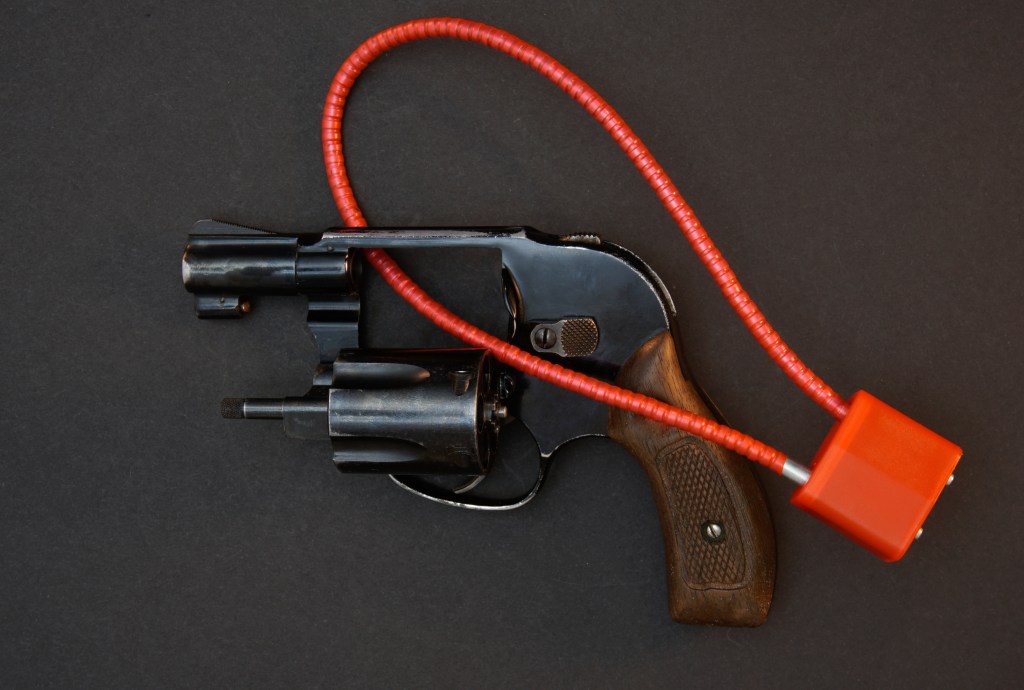
Assessing Value and Authenticity with Appraisals
When it comes to firearms appraisal, it’s crucial to consult professionals who specialize in assessing the condition and authenticity of rare and limited-edition guns.
Experts examine manufacturer marks, match serial numbers, and evaluate overall wear to verify genuine status. This meticulous process ensures accurate valuations for documentation and insurance and aids in making informed decisions during auction bidding.
It’s wise to check reviews and choose reputable appraisers, as they may charge professional fees for their services.

Must-Have Firearms: From Curios and Relics to Modern Classics
Certain guns are frequently regarded as collector “musts,” whether due to their historical relevance, mechanical ingenuity, or brand prestige.
Curios and relics
Curios and relics refer to firearms older than 50 years but not classified as antiques. Military firearms, particularly those from WWII, hold significant value for collectors due to their historical context and representation of pivotal events.
Essential firearms for collectors
Pistols
One notable example is the Colt 1911 Semi-automatic pistol, designed by John Browning and released in 1911. This historical piece set the standard for the U.S. Military and became the issued sidearm, making it an essential addition for any collector.
Shotguns
The Mossberg 500, released in 1961, stands out for its durability and versatile design, making it especially great for left-handed shooters. Its reliable performance and adaptability contribute to its status in the collector community.
Revolvers
The Smith and Wesson Model 29, introduced in 1955, gained fame by featuring prominently in the 1971 film “Dirty Harry.” This connection to cinema has made it a sought-after item for fans and collectors alike.
Rifles
When it comes to rifles, Winchester Lever Action rifles are cherished by history buffs, hunters, collectors, and cowboy shooters. The Winchester Model 1866 is particularly coveted, known as the “first cowboy rifle,” symbolizing a significant era in American history.
For those interested in WWII firearms, the M1 Garand rifle is a must-have, as it was the standard issue rifle for U.S. infantry.
Additionally, the Model 1941 Johnson semi-automatic rifle holds a special place for enthusiasts; only 21,500 were produced and used by the U.S. Army, making it particularly sought after.
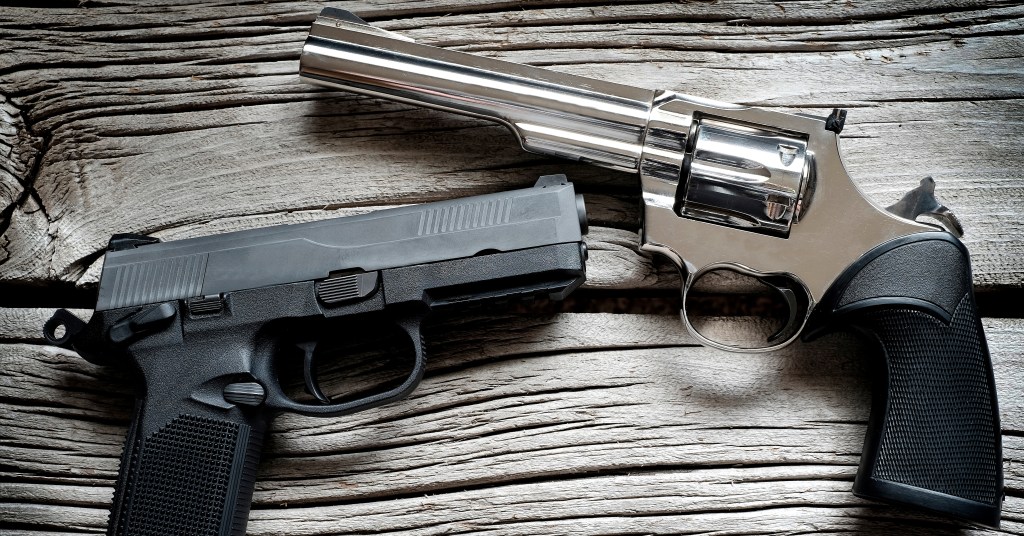
Preserving Quality: Restoration and Maintenance Tips
Proper upkeep is essential for prolonging each firearm’s operational life and enhancing its aesthetic appeal. Routine cleaning, lubrication, and occasional professional restoration not only safeguard performance but also protect against depreciation in monetary value.
Firearm restoration
When it comes to firearm restoration, preferences can vary significantly among collectors. Some collectors choose to leave their guns in their original condition to preserve their patina and character, emphasizing authenticity, which can directly impact value.
If you opt for restoration to return the firearm to its former glory, it’s advisable to consult a professional. Keep in mind that professional services may entail certain fees, so selecting a reputable technician is crucial.
Preserving value
It’s important to recognize that different types of firearms—including rifles, shotguns, and pistols—have specific maintenance and cleaning requirements. Be sure to consult the manufacturer’s guidance to tailor your upkeep accordingly.
For more detailed information, you can refer to our blog, “Essential Gun Cleaning Tips for Optimal Performance and Longevity.“
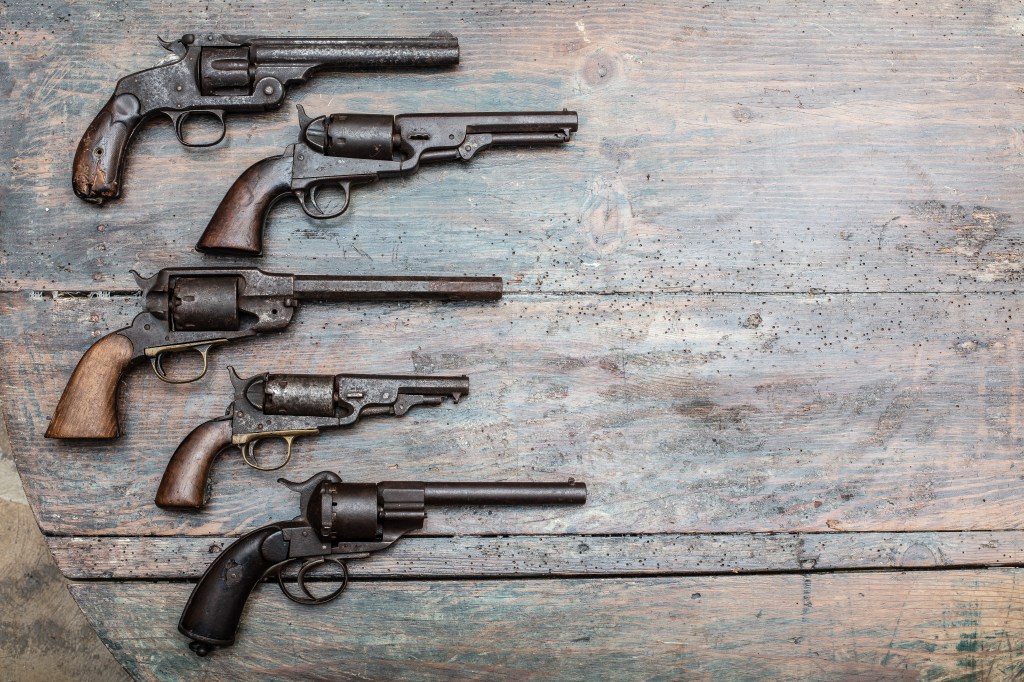
Navigating Auctions and Collector Community Networking
Reputable auction houses are a great way to acquire high-value firearms, but they demand smart bidding strategies and a thorough understanding of the items’ backgrounds. Connecting with fellow enthusiasts—either online or at gun shows—can provide valuable leads on private sales, trades, or collaborative appraisals.
Auction House Strategies
Online auctions
Online auction sites specifically tailored to guns, such as Auction Arms and Gun Broker, are great platforms for buying and selling guns. When engaging in these auctions, it’s crucial to carefully read the item description and the seller’s return and shipping policies.
Additionally, checking the seller’s reviews and history can offer insights into their reliability. Buyers should be proactive by asking questions about the gun’s condition and requesting pictures or videos. It’s also important to familiarize yourself with the laws regarding the shipping of guns across state lines to ensure compliance.
Live auctions
Participating in live auctions is another excellent opportunity for collectors to connect with other enthusiasts. Attending these events in person allows potential buyers to inspect guns during the preview period, enabling them to conduct thorough research before placing bids.
Understanding the typical price range for particular guns can help bidders know when to start bidding. Setting a budget in advance ensures that one remains disciplined in their spending during the auction.
Collector community networking
Networking within the collector community can significantly enhance one’s opportunities for expanding a gun collection. Gun shows are popular venues for buying and selling guns and can be categorized into two types: collector shows and commercial shows.
Both offer unique opportunities, but collector shows often feature passionate individuals who share valuable insights and expertise. Specialty dealers at these events are particularly beneficial due to their extensive knowledge and vast selection of rare and limited-edition guns.
Rare and limited-edition guns
Rare and limited-edition guns represent some of the most sought-after pieces. Understanding the market and trends related to these unique firearms is crucial for successful acquisitions.
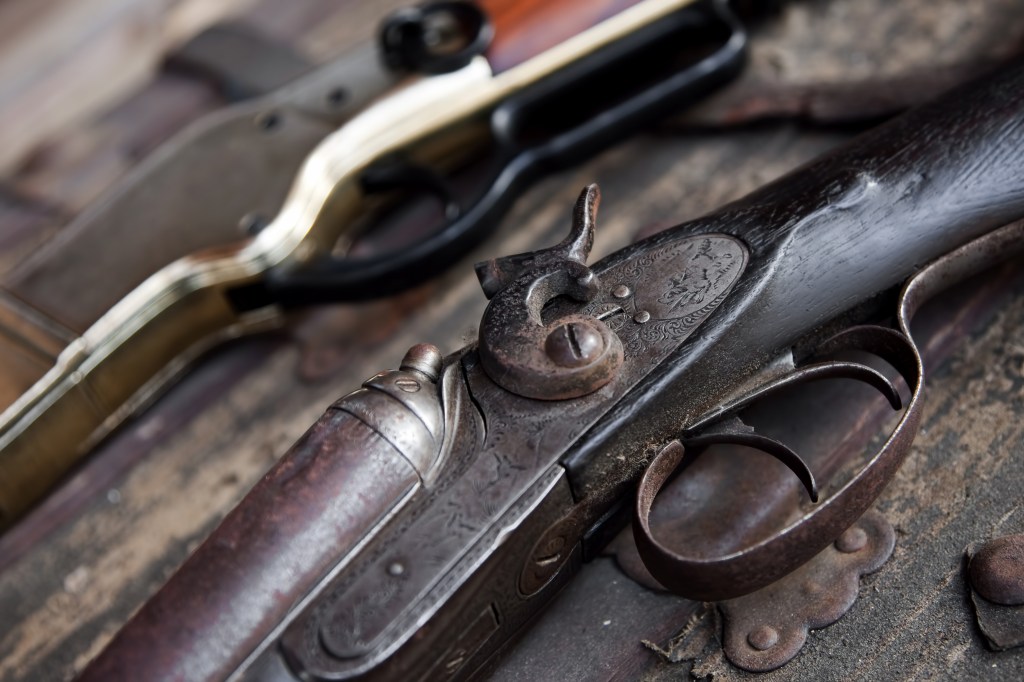
Integrating Insurance: Protecting Your Investment
Comprehensive coverage becomes easier to secure if you’ve already established clear records of your guns’ serial numbers, purchase details, and appraised values. This additional layer of gun collectors’ insurance shields you against theft, fire, or other unexpected losses that may occur.
Why Insure?
For everyday, easily replaced personal property, homeowners’ insurance is typically sufficient for most people. However, for antique to modern gun collections of all sizes, including ammunition, accessories, and gun safes, homeowners’ policies often fall short.
Staying Compliant: Safety and Regulations
Awareness of local and federal laws is essential when it comes to gun collecting. Different regions have specific requirements concerning permits or reporting for certain firearms.
It’s crucial to conduct thorough research on the regulations that apply where you reside, as laws can vary significantly. This diligence ensures compliance with the law and protects you legally, helping you avoid pitfalls from misunderstanding the rules.
Federal Firearms License Types
For collectors, the Federal Firearms License (FFL) is an important consideration. The FFL Type 03, often referred to as the “Curios and Relics” license, permits collectors to purchase curio and relic firearms across state lines.
However, it’s important to note that this license does not permit buying and selling firearms for profit; it is strictly for the purpose of collection. Collectors who are interested in selling firearms for profit should look into obtaining the Federal Firearms License Type 01 instead.

Passing on Your Collection: Legacy and Inheritance Planning
Planning ahead for future generations or beneficiaries is crucial for preserving your legacy. Keeping detailed records of valuations and ownership not only prepares you for the future but also facilitates a smooth transition of your prized assets.
Whether you are considering passing down a collection or another type of asset, consulting with an attorney who specializes in estate planning can provide invaluable guidance.
Preserving firearm value
To maintain the value of your firearms for future generations, it’s essential to engage in regular appraisal and documentation processes. Keeping thorough records of each firearm’s history, condition, and market value can help ensure that the collection holds its worth over time.
Additionally, understanding the best storage and maintenance practices can contribute to the longevity and preservation of your collection, allowing it to be appreciated by future beneficiaries.
Community networking
Engaging with the collector community can provide support and resources that enhance your legacy planning efforts. Networking with other collectors can offer insights on best practices for collection management and preservation, and introduce you to potential buyers or trading opportunities.

Advancing Your Firearm Knowledge and Investment
A firearms masterclass isn’t just about possessing a range of guns—it’s about mastering the art of curation, preservation, and informed decision-making. By combining thorough documentation, expert appraisals, and robust insurance strategies, you’ll safeguard your collection for years to come.
This article is intended for informational purposes only and you should not interpret anything contained in it as legal advice. Collectibles Insurance Services, LLC, its parents, affiliates, and anyone connected with them are not responsible or liable in any way for your use of the information contained in or linked to from this article. Reliance on the information provided in this article is solely at your own risk. If you have questions about gun laws or any of the topics addressed in the article, you should contact an attorney or subject-matter expert.
Sources
https://eagleshows.com/the-beginners-guide-to-collecting-firearms/
https://www.holdupdisplays.com/blogs/collecting-and-storing-guns/
https://www.nramuseum.org/gun-info-research/how-to-be-a-gun-collector.aspx
https://www.rockislandauction.com/riac-blog/gun-collection-must-haves
https://blog.cheaperthandirt.com/how-to-document-your-gun-collection/
https://tacticalgear.com/experts/introduction-to-collecting-guns
https://wooxstore.com/blogs/woox-journal/the-top-ten-essential-firearms-every-collector-must-have
https://www.antiquestradegazette.com/guides/collecting-guides/antique-firearms/
https://gtaguns.com/building-gun-collection/

